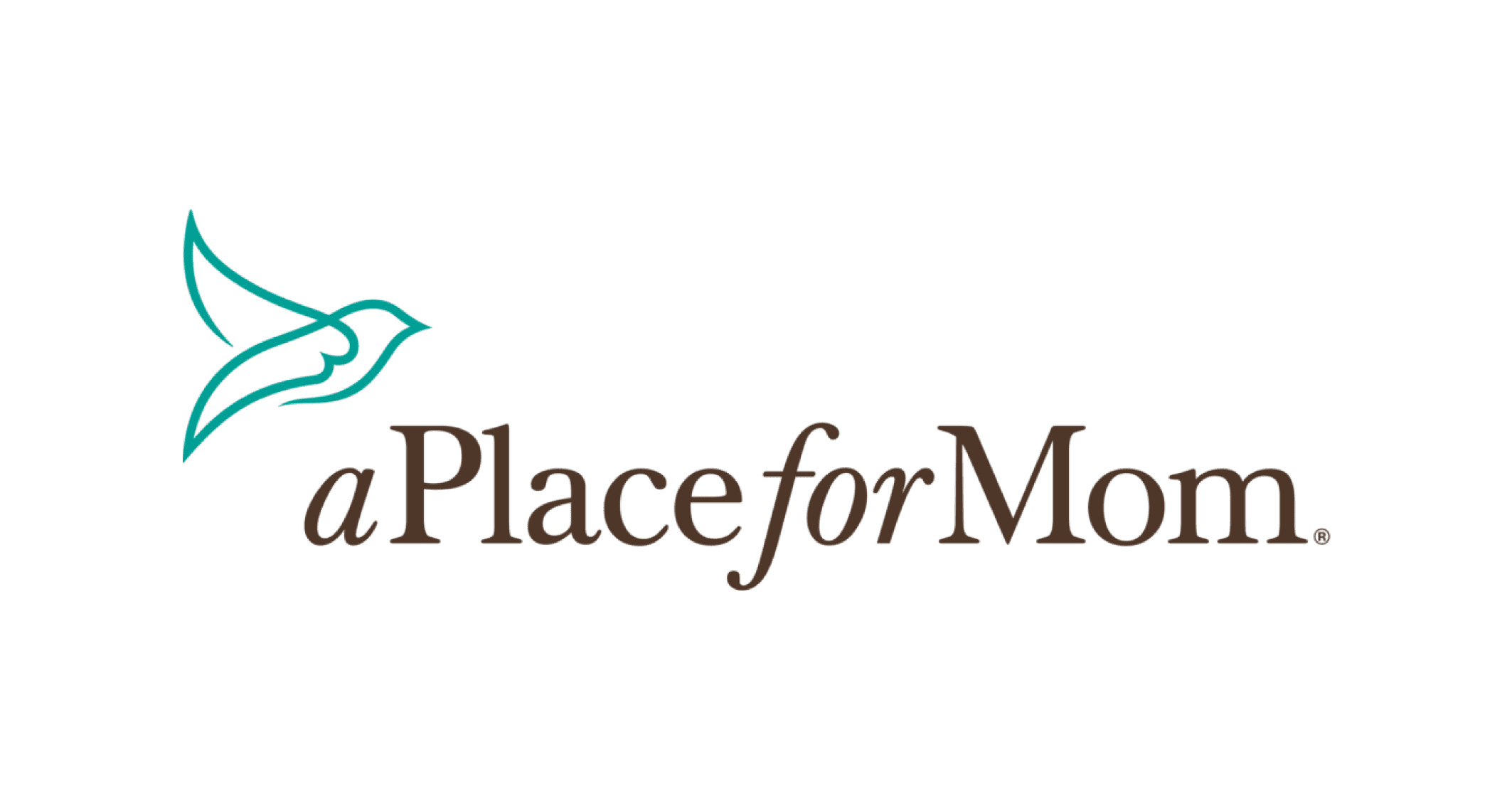Finding the right senior care solution can feel overwhelming. Some families need help locating the right assisted living or memory care community, while others are deciding whether in-home care might be the better fit. That’s where assisted living locator services — and caregiver marketplaces — come in. These services, often provided free to families, help narrow down options, offer expert support, and alleviate the stress of making such an important decision.
We reviewed the leading platforms and advisor networks to highlight the five best assisted living locator services of 2025. This year’s list balances breadth of choice, transparency, personal guidance, and flexible alternatives, such as in-home support.
Summary of the Best Assisted Living Services
| Company | Recommended For | Starting Cost | Advisor Support | Editor's Rating (Out of 10) | Next Steps |
|---|---|---|---|---|---|
| Seniorly | Best for Modern Tools and Transparency | Free | Optional | 8.8 | Find Senior Care |
| A Place for Mom | Best for Large Referral Network | Free | Yes | 8.4 | Find Senior Care |
| Assisted Living Locators | Best for Certified Advisors and Local Help | Free | Yes | 8.8 | Find Senior Care |
| Care.com | Best for In-Home Caregiver Marketplace | $12–$39/mo | None | 8.0 | Find Senior Care |
| Caring.com | Best for Reviews & Caregiver Resources | Free | Limited | 8.5 | Find Senior Care |
Best Assisted Living Locators of 2025

A Place for Mom
- Connect with a trusted advisor who helps match families to the right senior living community.
- Access a nationwide network of assisted living, memory care, and independent living options.
- Get personalized recommendations at no cost, with guidance every step of the way.
- Make informed decisions with expert resources, reviews, and family-first support.
- A Place for Mom Review
The largest referral network in North America, with thousands of partner communities and local advisors to guide families. Great for those who want breadth and fast matches, though experiences vary by advisor.
- Pros: Largest network, free for families, advisor support
- Cons: Advisor quality varies, and it only shows partner communities

Caring
- Discover senior living communities and care providers with trusted reviews and expert insights.
- Compare costs, services, and amenities to find the right fit for your family’s needs.
- Access free guidance from caring advisors who understand senior care options.
- Make confident decisions with resources that simplify every step of the caregiving journey.
- Caring Review
Best for families who want to read peer reviews and caregiving resources before making a decision. Caring.com empowers users to browse independently without heavy sales pressure.
- Pros: Large database of reviews, caregiver resources, and user-friendly search
- Cons: Limited advisor support, some follow-up calls reported

Seniorly
- Easily search and compare senior living communities with transparent pricing and photos.
- Get expert support from Seniorly’s local advisors to guide your family through the process.
- Access detailed community insights, amenities, and reviews to make informed choices.
- Find the right fit quickly with tools designed to simplify your senior living search.
- Seniorly Review
A modern, data-driven platform with transparent pricing tools that help families budget effectively. It appeals to tech-savvy caregivers who want independence in their search.
- Pros: Transparent cost data, clean design, self-service search
- Cons: Smaller network than APFM, less brand recognition

Assisted Living Locators
- Work with certified senior living advisors who provide expert, personalized guidance.
- Receive local support from professionals who know the communities in your area.
- Get step-by-step help navigating care options, costs, and community availability.
- Make confident choices with trusted advisors dedicated to your family’s needs.
- Assisted Living Locators Review
A certified advisor network that provides hands-on, local support. Advisors hold Certified Senior Advisor (CSA) credentials, giving families confidence in their expertise.
- Pros: Certified advisors, personalized guidance, local expertise
- Cons: Smaller scale than APFM, availability varies by region

Care.com
- Find trusted caregivers for seniors, children, pets, and household needs—all in one place.
- Browse detailed caregiver profiles with reviews, background checks, and experience highlights.
- Connect quickly with local care providers that fit your family’s schedule and budget.
- Enjoy peace of mind with a platform designed to make finding quality care simple and safe.
- Care.com Review
Unlike traditional locators, Care.com connects families with in-home caregivers for seniors. It’s best for families weighing home care versus moving into a community. While not a placement service, its massive caregiver marketplace makes it a valuable alternative to consider.
- Pros: Huge caregiver network, flexible in-home care, vetted profiles
- Cons: Not designed for assisted living placement, membership fees required
How to Choose the Best Assisted Living Locator
Start with your care path
If you’re considering assisted living or memory care, use platforms like A Place for Mom, Caring.com, Seniorly, or Assisted Living Locators. If you’re leaning toward in-home support, Care.com is a strong alternative.
Weigh independence vs. advisor support
Advisor-driven services (A Place for Mom, Assisted Living Locators) provide personal help. Self-service tools (Seniorly, Caring.com) give families more independence.
Look for transparency
Pricing is often hidden in senior living. Platforms like Seniorly excel at publishing cost estimates.
Consider breadth vs. boutique
Big networks (A Place for Mom) ensure options in most areas. Advisor models (Assisted Living Locators) provide a more personal touch.
Use multiple tools
Many families combine services — for example, using Caring.com for reviews, Seniorly for pricing, and Care.com for backup in-home care.
What’s Typically Included in the Price of Assisted Living?
Most assisted living communities advertise a “base rate” that typically includes:
- A private or semi-private apartment
- Meals and snacks
- Housekeeping and laundry
- Transportation to appointments
- Social and wellness activities
- Basic help with daily living (bathing, dressing, grooming)
However, just like streaming or cellphone plans, the real costs can come unexpectedly with add-ons.
Additional Monthly Fees and Hidden Costs
This is where you’re most likely to get caught off guard if you haven’t done your homework. The base rate doesn’t always include things like:
- Medication management: $300–$800/month
- Incontinence care: $100–$500/month
- Memory care services: $1,000–$2,500/month
- Third-party physical or occupational therapy
- Community entrance fees: One-time charges ranging from $1,500 to $5,000
Some facilities use tiered care pricing, meaning the more help your parent needs, the higher the monthly cost. Be sure to ask about pricing policies at every facility you visit.
How to Plan Financially for Assisted Living
If you’re having difficulty budgeting for the large ongoing monthly expense associated with assisted living, there are some available resources:
- Veterans benefits: If your parent served, look into the VA Aid & Attendance program.
- Long-term care insurance: Check to see if your parent has had a long-term care insurance policy. These can help offset some of your monthly expenses.
- Selling a home: Selling any owned real estate, while a tough decision, can provide years of runway for your assisted living budget.
- Family contributions: If the budget is tight, consider asking family members to chip in to a month’s fund. Establish this early on if you know you have three or four years before a budget is exhausted.
- Consult a financial planner: A fixed-rate annuity or reverse mortgage might be worth considering for a fixed monthly revenue stream to help offset monthly expenses.
What’s the Average Cost of Assisted Living in 2025?
According to the most recent Genworth Cost of Care Survey, the national average monthly cost for assisted living is $4,875 as of 2025. This average varies quite a bit depending on where you live in the country.
In addition to the cost of living expenses in your area, the type of facility and level of care can drastically shift this cost. Facilities with memory care units or upscale amenities often charge thousands more.
Final Thoughts
The best assisted living locator service depends on whether you’re focused on finding a community or considering in-home care. For breadth, A Place for Mom leads the pack. For independence and transparency, Seniorly is a top pick. Caring.com adds trusted peer reviews, while Assisted Living Locators shines with certified, local advisors. And if staying at home is still an option, Care.com brings a valuable in-home option to the mix.
Frequently Asked Questions
Find answers to common questions about finding assisted living assistance and the cost of assisted living.
It’s about $4,875/month, but ranges from $3,500 in the Midwest to over $7,000 in high-cost areas like California.
Typically room and board, meals, housekeeping, activities, and some personal care. Extras like medication management cost more.
Yes. Be aware of additional fees, such as medication assistance, memory care, or physical therapy. Always ask for a detailed fee sheet.
Sometimes. Facilities may waive entrance fees or offer move-in discounts, especially if occupancy is low.
Some facilities offer Medicaid beds or allow residents to “spend down” assets and stay. Ask about their policy in advance.
ent
